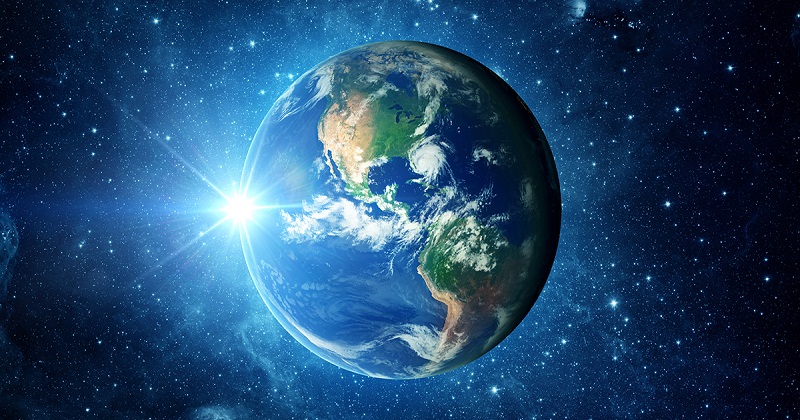
To our knowledge, Earth is the only planet where life and living things exist. But over the centuries, humans have begun to think and experiment about whether life exists on Earth. As part of this, a team of astronomers at Washington State University have discovered that about 24 planets have Earth or one step more suitable conditions for life. The planets were selected based on various factors such as being slightly larger than Earth, older, having more water, and warmer.
The list of 24 has been compiled after examining about 4,500 aliens. Space telescopes, including NASA’s James Webb Telescope and the European Space Agency’s Plato, are expected to become active in the coming years. In this case, the need for telescopes to select targets is also important, Schulz said. The Sun, the center of our Milky Way, is estimated to be 1000 billion years old. According to this, the sun is now in middle age. Complex life on Earth began about four billion years later. Many planets are likely to have complex life by the time the energy of stars similar to the Sun, called G stars, burns up. Stars known as K stars have a lifespan of 20 to 7 billion years. Therefore, researchers estimate that the planets that fall within their range will have favorable conditions for life in the long run. The size and weight of the planets need to be taken into account. Planets 10% larger than Earth are estimated to have more favorable living conditions. The possibility of the presence of water is also crucial. The study was published in the journal Astrology

Post Your Comments